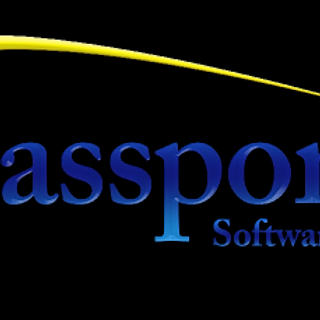Access to your manufacturing data is critical to your success!
- Passport Training
- Aug 4, 2014
- 2 min read
PBS Manufacturing software helps smaller manufacturing companies collect information about their business. Depending on the modules being used, It can provide over 200 ways to report on the information in the database. This includes many different reports and displays or views, allowing you to get at information quickly and easily.
While not unique, many systems provide you with the ability to collect and even report against your data, what happens when you can't find the report or data view you need? Some systems leave you wishing for more, or charge high custom programming fees to provide you with the information you need to see.
PBS Manufacturing provides you with multiple options for both accessing your data, and doing so in virtually any manner you'd like. We offer an SQL database option, which provides you with a database that can be quieried using a host of different report writing tools, as well as tools you probably already have on your desktop like Microsoft Excel or Access. Further, we can teach you how to take advantage of those tools, and help you learn to create your own reports or spreadsheets providing you with information the way you want to see it.
By empowering you, the user, you can write fast, one time queries to find a piece of information you need "in the moment", or of couse you can create reports or spreadsheets that can be used again and again. The time savings can be incredible. Here's a quick, true story shared by Ian Creswell, our Manufacturing Product Manager:
"I'd just finished assisting a customer in transitioning from the PBS Distribution system, which didn't handle their manufacturing needs well, to PBS Manufacturing. After they were live on the new system, their purchasing manager at the time, Pete, approached me with a problem. He had a very unique report he had to manually recreate each week for his Tuesday morning staff meeting. It took him roughly a day and a half each week to enter the information into Excel and print it off for the meeting.
Part of the problem is they needed a unique grouping/sorting code, beyond the three already available in an item, and then they needed to create a report that grouped on this new code. He figured sure it would take an expensive programming project to get through this.
Instead, I worked with Pete and taught him how to build the exact report he needed in Microsoft Access and we did this in about two hours. First, he chose a field they weren't using no the Engineering Data tab in his item master, and designated that his new code field. Next, he entered his codes into the item masters. FInally, we spent a couple of hours, me teaching, him doing and learning, how to build his report and properly group his information. Once done, his report took roughly two minutes to run instead of the day and a half it used to take to put together his spreadsheet."
You can start getting data from your system today, whether or not you're using the SQL database. Talk to your account rep about moving to SQL or simply purchasing seats of our XDBC drivers, which will provide similar capability for your non-SQL installation.
















Comments